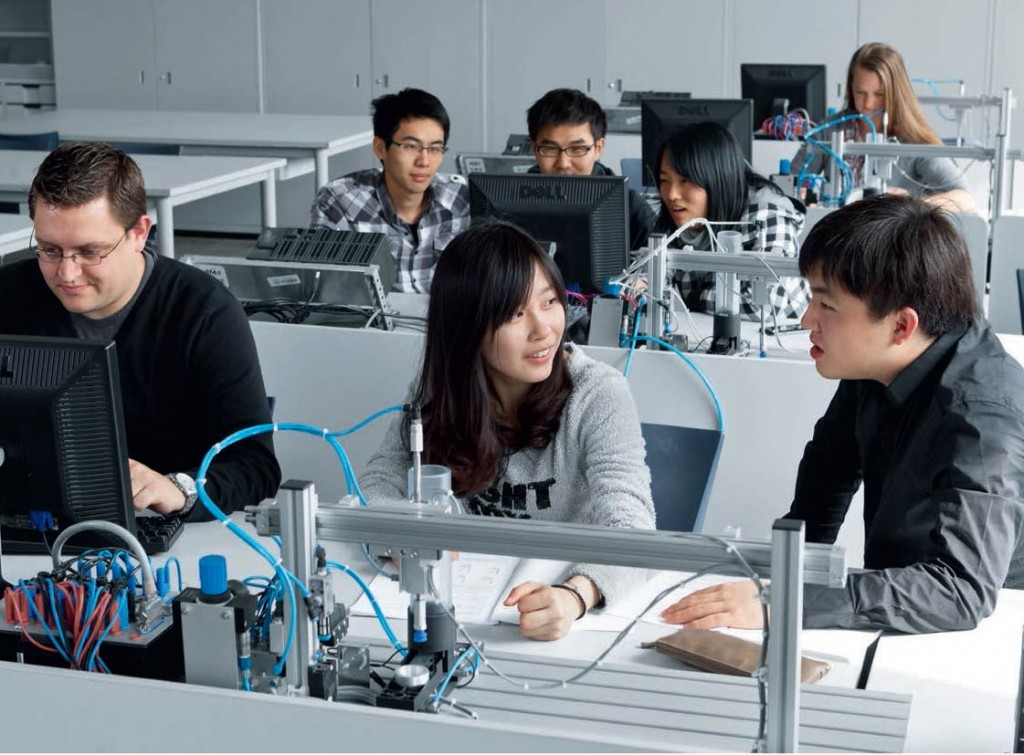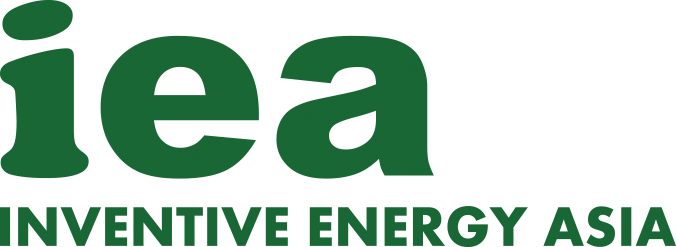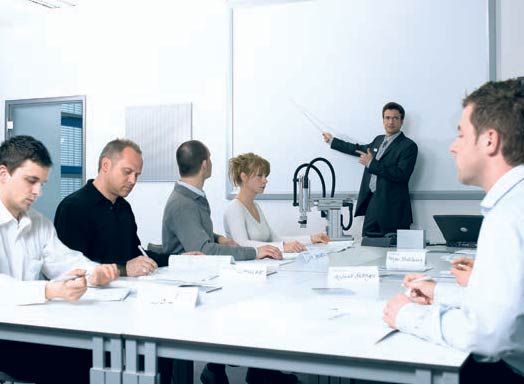- Introduction to Electro-Pneumatics
- Industrial Pneumatics and Electro-Pneumatic Controls
- Maintenance and Troubleshooting on Pneumatic and Electro-Pneumatic Systems
Introduction to Electro-Pneumatics
Course Objective
Provide participants with the skills and knowledge of electric components as well as to develop an ability to read, design and construct simple electro-pneumatic controls.
Target Group
Engineers, technicians and supervisors who are involved in the design and operation and/or maintenance of electro- pneumatic control systems
Pre-requisites:
Successful completion of the Industrial Pneumatics Course or equivalent competencies
Duration
3 days
Course Content
- Characteristics of Electro-pneumatic systems
- Function and use of electro-pneumatic components:
– Electrical switches
– Electrical contacts
– Electrical relays
– Basic sensors
- Design of Logic Circuits:
– YES
– NOT
– OR
– AND
- Recognising and drawing of electro-pneumatic symbols:
– Solenoid operated directional control valves
- Representation of motion sequences and operating status
- Drawing of pneumatic and electrical circuit diagrams
- Development and layout of simple controls:
– Direct and indirect manual controls
– Direct and indirect stroke-dependent controls
– Logical AND/OR function of switch-on signals
- Simulation and practical exercises
Industrial Pneumatics and Electro-Pneumatic Controls
Course Objective
Provide participants with a wider knowledge of components that are subject to wear and the possible sources of faults.
A systematic approach to fault finding is practised as in the reading of complex pneumatic circuits and understanding of fundamental controls and circuits and as well as to develop an ability to read, design and construct simple electro-pneumatic controls.
Target Group
Engineers, technicians and supervisors who are involved in the design, operation and maintenance of pneumatic control systems for industrial automation
Pre-requisites:
Basic technical knowledge and able to speak, read and write in basic English & Bahasa Melayu
Duration
4 days
Course Content
- Combination of electrical control section and pneumatic power section
- Basic principles of compressed air supply: Production, preparation, distribution
- Power section devices: Cylinder, semi-rotary drive, gripper, vacuum generator
- Use of directional control valve, flow control valve, shut-off valve, pressure limiting valve and sensors
- Structure and function of electrical switching devices and electro-pneumatic valves
- Basic logic functions, timer and counter function
- Valve technology
- Symbolic representation of devices and standards
- Identifying and eliminating faults, including safety aspects
- Power section optimisation depending on load and speed
- Cutting installation costs: from single valve to valve terminal
- Simulation and practical exercises
Maintenance and Troubleshooting on Pneumatic and Electro-Pneumatic Systems

Course Objective
Extend your specialist knowledge of complex pneumatic
and electro-pneumatic control systems and improve your methodical skills. Practical exercises on training equipment for setting up, commissioning, troubleshooting and fault elimination make it easier to transfer knowledge to your day- to-day work.
Target Group
Maintenance personnel
Pre-requisites:
Basic technical knowledge and able to speak, read and write in basic English & Bahasa Melayu or successful completion of the Industrial Pneumatics and Electro-Pneumatic Controls Course or equivalent competencies
Duration
4 days
Course Content
- Physical principles of pneumatic and electro-pneumatic systems
- Compressed air preparation
- Function and use of pneumatic and electro-pneumaticcomponents
- Design and function of pneumatic and electro-pneumaticcircuits
- Sequence control system
- Part subject to wear and tear
- Different types of valve terminal actuation
- Operating modes (AUT/MAN/EMERGENCY STOP)
- Most recent standards and regulations
- Perform routine maintenance and fault tracing procedure onPneumatic and Electro Pneumatic Control System
- Preventive Maintenance and Safety regulation.
- Practical exercises and systematic troubleshooting
- Simulation and practical exercises

